Leche de burra! (she-donkey milk), Leche de burra! This is what one of my friends heard as a child as the local she-donkey milk salesman peddled his wares. Now I didn’t ask, but I’m pretty sure this happened while he was living in the small southern (hexagonally-shaped, OMG, what a navigational nightmare for me) city of Coyhaique (Co-YI-kay), and not here in Santiago. Though people often talk about how Santiago used to be much more homey and countrified and provincial, I don’t think anyone used to sell donkey milk on the street a short 30 years ago. Though you never know.
I happened to look up the weather for Coyhaique just yesterday, and the forecast was for rain, snow, and ice. ICE? Like it just falls from the sky? Sounds dangerous. And the temperatures were down to -7 (celsius), so I wonder if now the guy is walking around offering helado de burra. (donkey icecream, and what I really mean is donkeymilk icecream, not actual donkey-flavored icecream).
And all of this makes me think of an old friend of mine who is probably right at this moment up from a deep slumber supervising some baby goats that were born on the farm she lives on. I’m going to see this friend, these goats, this farm in a few months. I wonder if we can walk up and down the streets offering leche de cabra? This sounds infinitely more palatable than leche de burra to me, en todo caso (anyway). But I think the goatmilk is for their personal consumption on the farm. I will be sure to report back.
But when I heard about the leche de burra and how my friend (as a wee one) had no idea of what the vendor was saying, I thought about a time when I was in Cuernavaca, Mexico, the beginning of a very unplanned, trip to Mexico and Central America with a friend who would later build houses for Habitat for Humanity in all kinds of remote places and drink kavakava in Fiji until her face went numb. This was a long, long time ago, when the only Spanish I was in posession of was what I’d been delivered in high school, and the tiny bit of that that I remembered mixed up into a formless cloud that came out of my mouth in dribs and drabs, and only vaguely making sense, even to me. My friend and I lived in a cute neighborhood in Cuernavaca while studying Spanish and living with a host family in a very mysterious house that was bigger and more labaryntine every day, and seemed to have a changing cast of characters like they were doing it on purpose to see how crazy they could make us. Oh, and it had a whole giant one-and-a-half story (interior) wall dedicated to rooster “art.” Te gustan las gallinas? (you like chickens?) I managed to condense my thoughts one day well enough to say this. Son gallos (they’re roosters), I was told. Gulp. I wanted my mommy.
Anyway, in this neighborhood with the crazy house and the overgrown interior garden that looked like a novel should take place in it, there was a guy who sold …. ALES. (al-ays)…. ALES (al-ays). He walked around the street morning and afternoon shouting this. After about a week, and having gotten over the whole rooster/chicken thing, I asked my host mother, a woman who would scoop a spoonful of butter and a few grains of rice, and say “Que riiiiico el arroz! (what delicious rice) what it all meant. He’s selling tamales, she said. Oh, I said. Are they ricos? Don’t know, she said. I’ve never bought one.
And so it was with my friend with the she-donkey milk, which he never tried, and so it is with me, with my neighborhood guy who sells a mil a mil a mil las alcachofas. (Artichokes for 1,000, 1,000, 1,000). I like artichokes very much, I just don’t see how the logistics of that would work. When someone comes on the bus and sells something you just put up your hand to let them know you want some (water, soda, icecream, etc). In this case, would I crank open the giant windows to my sixth floor apartment and sing back to him? It took me years to figure out what to say when I was in the bathroom stall and someone else tried to open the door (Ocupado). But I still don’t know how to buy alcachofas from eighty feet up. Any ideas?
And let me just say for the record that I am totally a city kid (with delicate cityfeet that cannot even think about walking barefoot without wincing, and I do mean the feet), and she-donkey milk kind of makes me want to clamp my mouth shut and run away. I was vegan for a few years and am just now getting solidly back on the milk wagon. You know, cow’s milk. Darn cultural constructs.

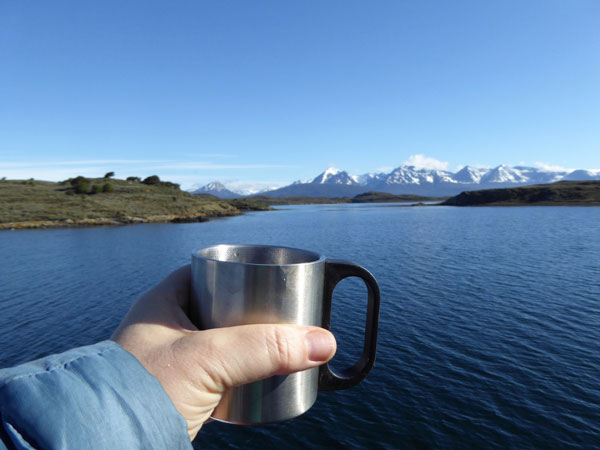
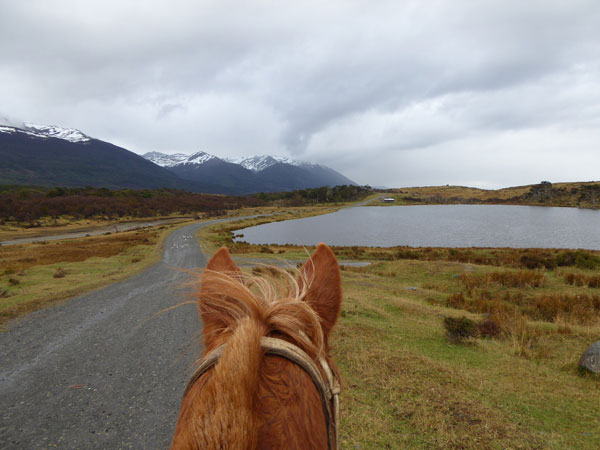

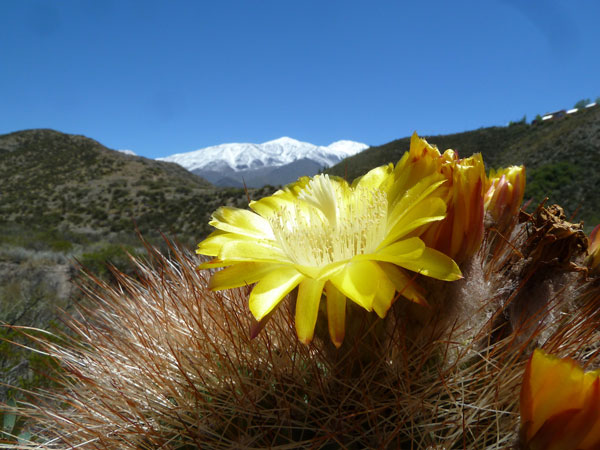
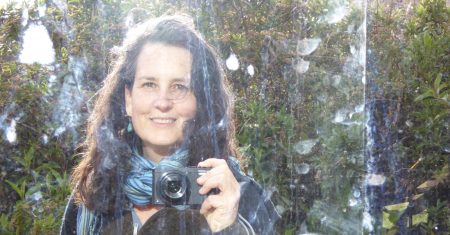
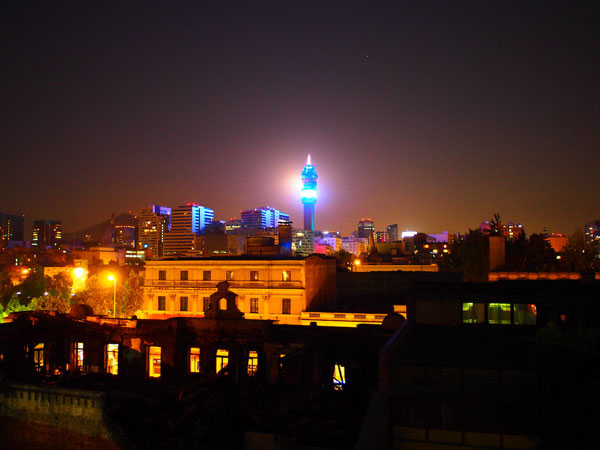
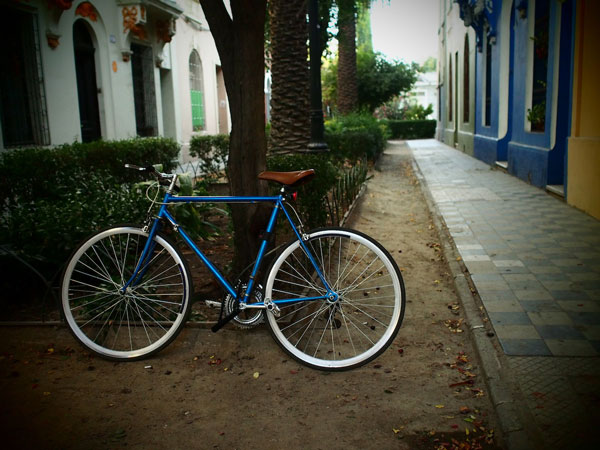


You need a basket and a rope. You put your 1000 pesos in the basket, lower it, it gets filled with artichokes and you pull it up. It is like urban fly fishing!
I know they did that with bread in the past, but I wondered if I’d have to go outside, like when the gas guy comes. I don’t have a pulley system, and I’m not that strong. Artichokes wouldn’t be that heavy though. And what about the knife sharpener? Do I just throw down my knives? seems dangerous. And what do I should out the window to let them know I’m casting a line? “look out below?”
thanks for commenting!
I’ve never tried to donkey milk. My boyfriend said you can buy it in Valpo and parts on the outskirts of santiago. I don’t even drink that much milk though, so I don’t i could easily adjust to something. I just remember when I tried goats milk. Best for cheese.
Another thing, I seriously don’t udnerstand the thing with artichokes here. Maybe I just don’t like food you have to work for.
Funny you should mention the whole street vendor thing because just this morning I heard the magical whistle of the garlic seller. The whistle really does have a magical, seductive quality about it – I bet the Pied Piper used the same one. Too bad for the garlic guy that I have a whole basket full of it in my kitchen.
To attract the vendor’s attention you can yell:
ooooh hoooo (Spanish for Yoo Hoo)
Señoooooor
Ooooigaaaaa
Por favooooor
You can see that the key is drawn out vowels.
For the knife grinder it is best to descend to street level!
They sell leche de burra around Mercado Central and la Vega! I’ve definitely seen a guy with a couple burras a few times, although I haven’t noticed if it’s been the same guy and when exactly he’s there. Santiago may be less provincial now, but you can still find leche de burra in the heart of downtown.
Thanks for the tips on tofu, smoothies, tampons, etc!
Donkey milk actually sounds like something I would love to try. Though it also sounds like something I would regret trying afterwards.
Still, I’ll ask around.
Yep, I second Emily! I've also seen burra milk sold behind el Mercado Central not that long ago! Also in Valpo near the Plaza Echaurren. Apparently it was common enough in Ñuñoa when my husband was growing up. My suegra says its very nutricious… but then again, she says that about ulpo too (flour & water).
En coihayque burros? lo dudo los años que vivi por esa zona nunca vi ni la sombra de un burro.
La leche de burra es conocida, actualmente, por sus beneficios para la piel recuerden que Cleopatra se bañaba en leche de burra. Aqui les dejo algunas de las razones por las que la leche de burra es tan polupar desde hace siglos, y si alguien quiere tomarla en el bio bio he visto que la venden, una vez quize intentar pero ya se habia terminado, solo produce un litro de leche.
Es rica en nutrientes y su gran digestibilidad la han hecho siempre ideal en casos de agotamiento, debilidad, desnutrición y postoperatorios.
Puede mejorar el sistema inmunológico ya que contiene Inmunoglobulina y Lizozima (solos se pueden encontrar en la leche materna).
Su riqueza en oligosacáridos la hacen muy recomendable para la tendencia al estreñimiento, alergias, desequilibrios en la flora intestinal.
Tiene una gran digestibilidad ya que es baja en grasas y en caseína.
y sabien que en Paris era una bebida de lujo muy apreciada por la aristocracia. Habían lecherías y estaba de moda ir a tomar un vaso para tener un buen cutis y una buena salud.
haha, yes donkey milk…they sell it outside the Hospital van buren here in Valpo and I was just watching Travel and Living and they had an awesome Bizarre Foods episode (you know, the show with the round-ish guy who eats anything) and he tried fresh donkey milk near the Mercado Central in Santiasco. He loved it (it’s apparently really sweet). It’s used for all sorts of stomach ailments and, as it’s unpasteurised, probably causes a few as well.
I would follow the pied piper of garlic, Katie.